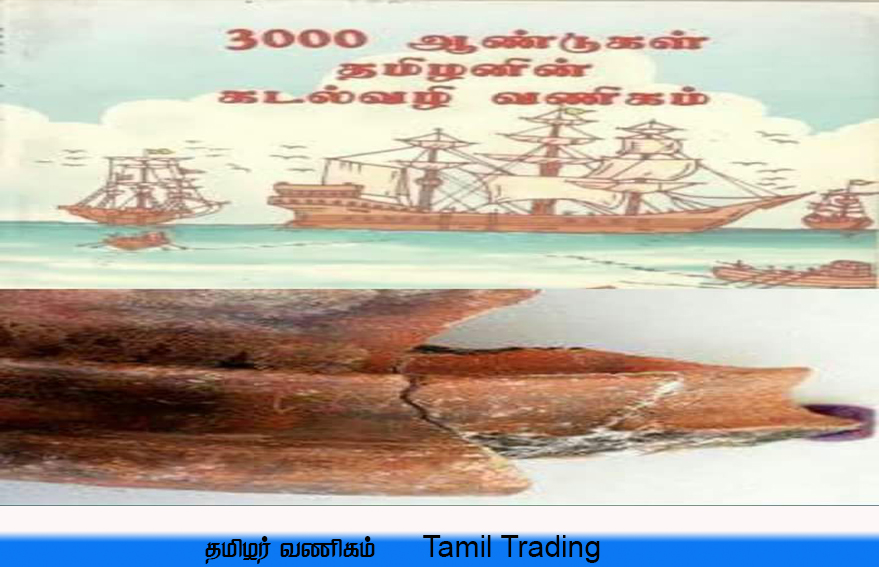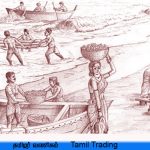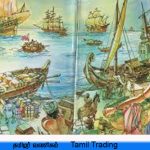

Tamil Trading

Trade involves the transfer of goods or services from one person or entity to another, often in exchange for money. Economists refer to a system or network that allows trade as a market. Tamil Economical history extends to the period from 200 BC to 200 AD.
Ancient Tamil people were active traders in various commodities, both locally and outside Tamil country. The kingdoms from northern part of India sought pearls, cotton fabrics and conch shells from Tamil country in exchange for woollen clothing, hides and horses. Locally most trading was in food products – agricultural produce was supplemented by products from hunters, fishermen and shepherds who traded in meat, fish, and dairy products. In addition, people bought other goods such as items for personal hygiene, adornment, and transportation. Mercantile transactions took place in busy marketplaces.
Most trade was by barter. Paddy was the most accepted medium of exchange, followed by purified salt. Honey and roots were exchanged for fish liver oil and arrack, while sugarcane and rice flakes were traded for venison and toddy. Poems in Purananuru describe the prosperous house in Pandya land well stocked with paddy that the housewife had exchanged for grams and fish.
A different kind of barter involving deferred exchange was known as Kuri edirppai – this involved taking a loan for a fixed quantity of a commodity to be repaid by the same quantity of the same commodity later. Since barter was prevalent locally, coins were used almost exclusively for foreign trade.


